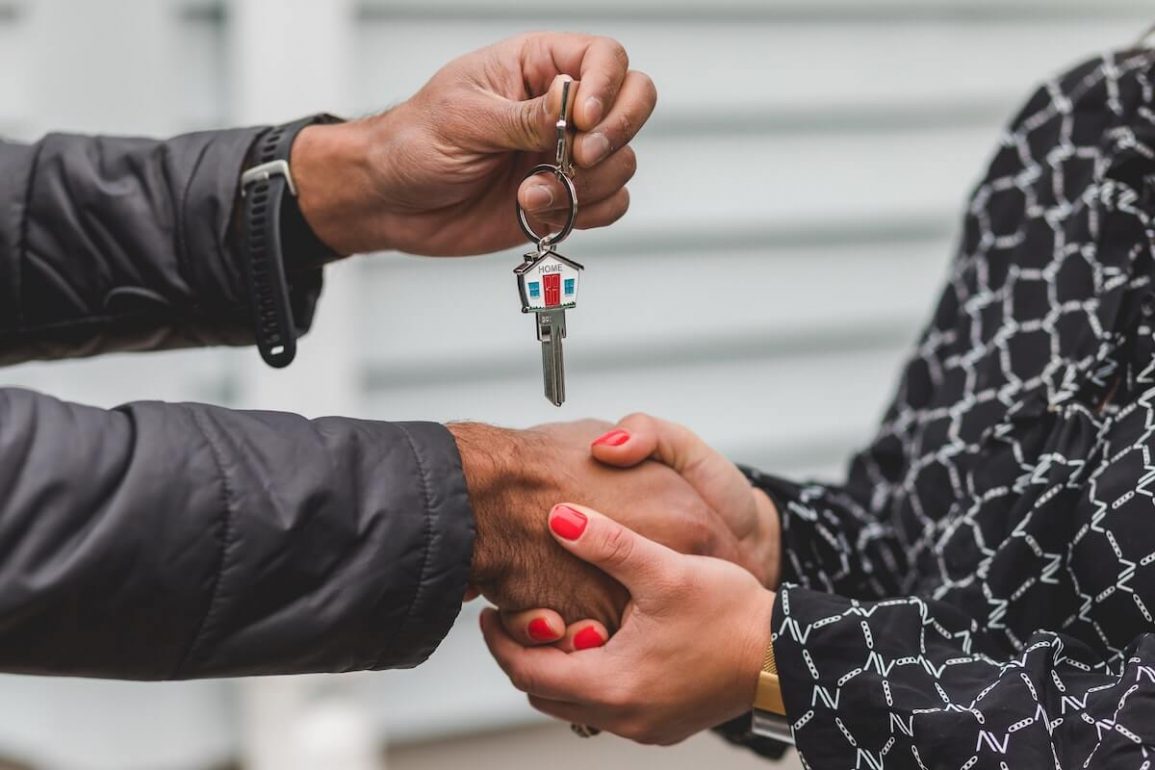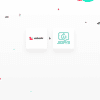You’ve probably heard about people buying old and falling apart houses for cheap and flipping them for money. If you are wondering whether that’s a profitable investment or what’s the best strategy to follow, let us introduce you to the BRRRR method.
And no, we’re not talking about the temperature outside (bad pun intended).
The BRRRR method is a strategy that real estate investors apply to houses considered distressed or off-market, meaning that they have been foreclosed upon or abandoned by their previous owners.
The BRRRR method has proven to be lucrative to investors and house-flippers for years, so let’s see what secrets it holds to making that crumbling house a top-market seller.
What is the BRRRR method?
The letters in BRRRR stand for “buy, rehab, rent, refinance, and repeat”. Unsurprisingly enough, these are the different steps that investors go through when implementing this strategy on their new investment property. Here’s a breakdown of what each step entails.
Buy
If you’re going to be a BRRRR house flipper, you’ll first need some property to invest your time into. When looking at a house or property to buy, make sure that it’s in distress or off-market, so it’s likely cheaper to purchase.
It can be hard to determine if a property will make a good investment. Remember, you’ll have to make sure that the buying price, the cost of renovations, and monthly rental expenses will be covered by the eventual rental income and will provide a sufficient profit margin.
Look into calculating the after-repair value, or ARV, of the property, which helps to determine the value of a potential investment property after repairs, or the return on investment, ROI. These, combined with many other formulas and factors, can help you decide whether a specific property will be a fruitful investment.
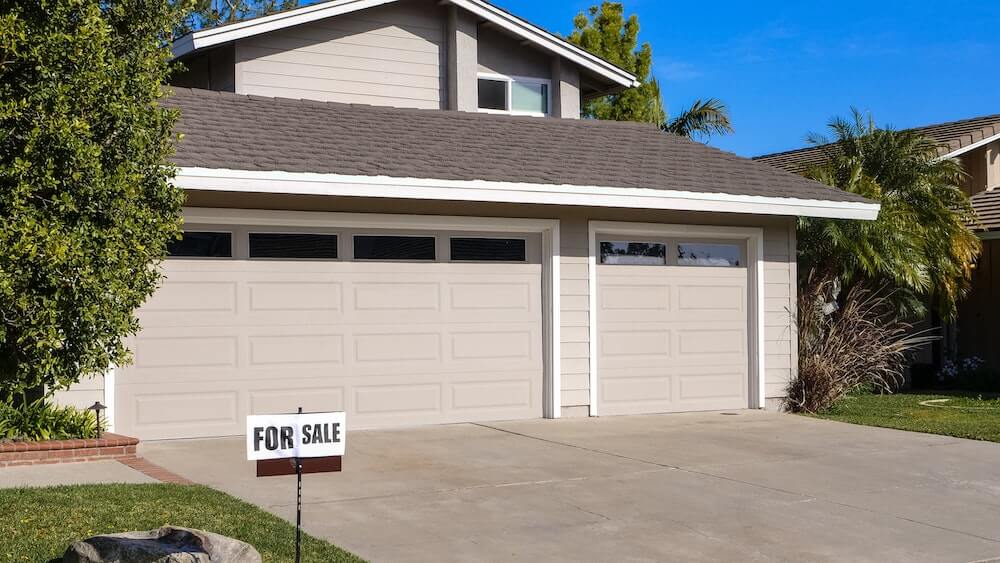
Rehab
Since the property you bought isn’t in the best condition, you will need to put in the work to make it livable. This might include renovating it and completing any structural, safety, and aesthetic improvements.
Of course, upon purchase, you should ensure that the house’s structure is up to standards to prevent any setbacks while under your ownership. Also, you will have to abide by any safety measures put in place by the government.
In terms of aesthetic improvements, most investors will only do renovations that will increase the house’s value and the rent or sale price. If a bedroom or the kitchen are in total shambles, you should probably consider redoing them to some extent. However, if an improvement is purely just for a visual appeal, then it might not add much value to the house and will narrow your profit margin in the end.
Some examples of renovations that have a high ROI are as follows:
- Roof and drywall repairs
- Renovated kitchen
- Landscaping
- Additional bedrooms or bathrooms
- Updating bathrooms
Rent
Once the rehab phase is complete and the property is ready to be lived in, you can then start renting out the space as a short term rental.
When figuring out the rental price per month, you should consider how much you need to cover your purchase costs or mortgage as well as the renovation costs. Also, take into consideration what other similar properties in your area are charging per night.
You can find people to rent your property on listing sites, such as Airbnb, Vrbo, Expedia, or even through direct bookings via your own website. You should try to have as many bookings as possible per month to make sure that you will be able to start paying off the cost of flipping the house.
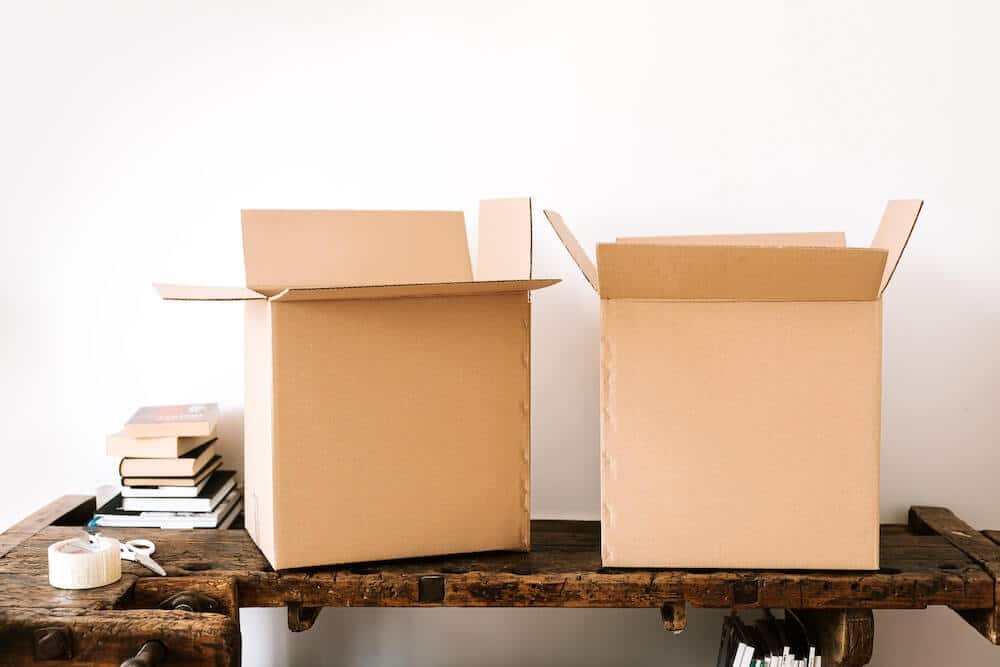
You can also look into finding someone to stay long term, for at least a month, which cuts down on empty days and maximizes profit. Many short term rental listings offer some sort of discount off the nightly rate for those who rent for an entire month, so adding this to your profile can help encourage long-term stays.
If you are not feeling up to the task of being a host, then consider hiring a property manager to care for the rental, your guests, and property upkeeps. It’s important to tend to the property throughout the rental period in order to preserve its lifetime because after all, you will only make profit if you can continually have the place rented in order to pay off the initial expenses.
Refinance
Refinancing the property can offer better interest rates than the original loan. Many investors say that as small as a 1% savings can be enough to refinance.
In the BRRRR method, the whole point of refinancing is to get as much cash out of the property while you remain the owner. So that means with cash-out refinancing, you would convert your equity into cash that can go towards purchasing another investment property, which is the goal of BRRRR.
Not all lenders will allow cash-out refinances, so looking for a bank that offers cash-out refinancing and abiding by their rules and regulations while doing the process is essential. Some might need you to own the property for a number of years before considering you for a refinance, so you may have to show a good and consistent rental record for years.
Repeat
After this whole process is complete, you can use your cash-out refinance money to restart the BRRRR method and purchase a distressed property, rehabilitate it, rent it, refinance it, and the cycle continues.
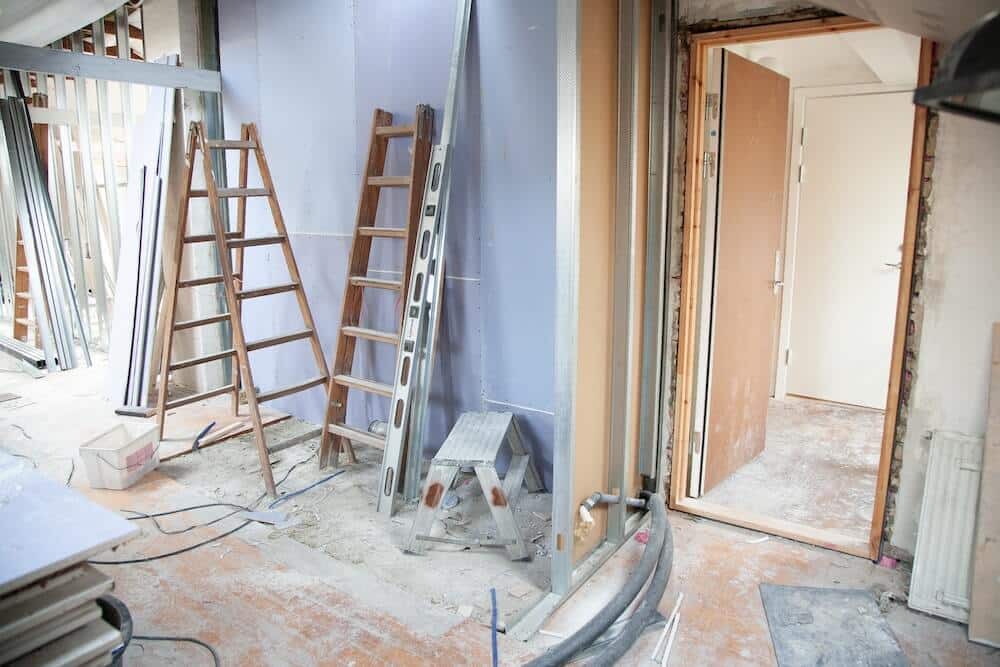
Using your refinanced cash also has other benefits, such as more favorable interest rates and tax benefits. You get to keep ownership of the initial property while having passive rental income during the preparation of the second property and so on.
How to finance your BRRRR property
Many starting investors will have a tough time making enough to purchase the initial BRRRR property. You will often have to finance the property multiple times to make the downpayment and monthly mortgage payments and rehab the property.
If you do not have enough funds to complete the BRRRR process, you can consider the following options if flipping a house for rent is your goal.
Conventional bank loans
Most banks will require a 20%-25% down payment for this type of loan, but some will require more. These loans are based on the property purchase price, which should be pretty low with the BRRRR method. However, if the property is in too poor of a condition, the bank may not offer a loan for your purchase because they consider it a bad or risky investment.
Local bank loans
Local bank loans usually require about the same downpayment as a conventional bank loan, but they may also cover some of the rehab costs of the property. They also tend to be more flexible with their mortgage limits and debt-to-income ratio issues.
Private lenders
Private lenders are loans through people you know. That could mean a family member, friend, business partner, or other investors. The rates on this type of loan can change depending on your relationship to the person and their trust or belief in your investment abilities. They may also finance part of the renovation costs of the property.
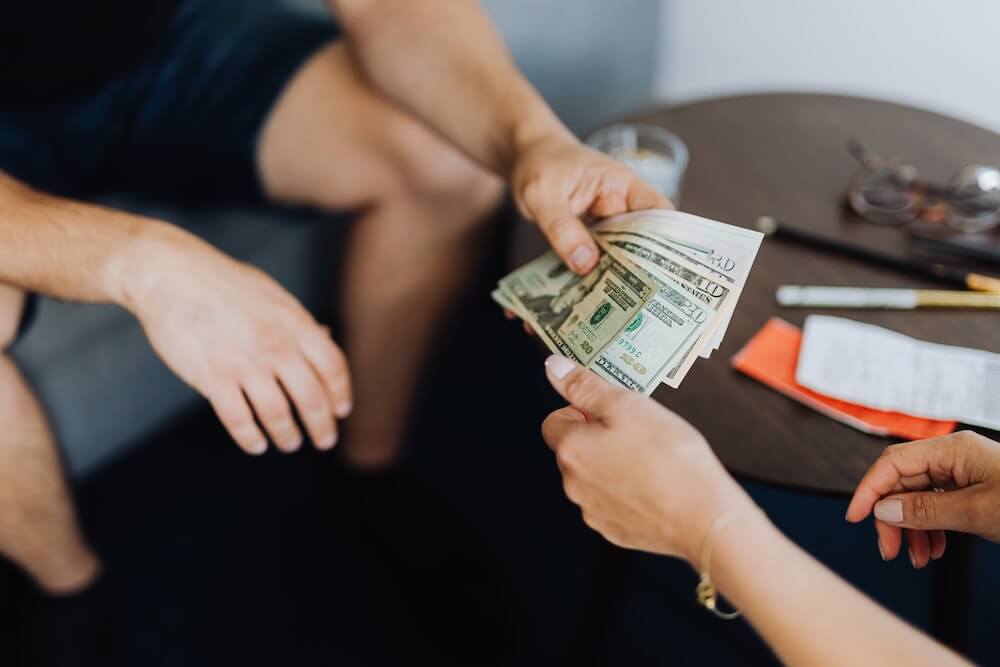
Hard money lenders
Hard money lenders are private businesses or individuals that specialize in lending to house flippers and rental investors. These loans typically come well above the cost and rates of regular bank loans and will usually accept personal property or assets as collateral. However, they will most likely cover the renovation and improvement costs of the property as well.
Pros and cons of BRRRR
As with any investment process, BRRRR can help you fulfill your property investment dreams, but that doesn’t mean it doesn’t come with any downfalls as well.
Some potential pros of the BRRRR method include:
- Returns on investments: When done correctly, BRRRR can be lucrative because there are relatively low purchase costs for the distressed property and potential for a high cash flow over time.
- Appreciation and equity: Investors can often get the initial property at a discount because they will be the ones taking on the task of renovations. Once these renovations are completed, then appreciation and equity will follow.
- Economies of scale: Once you’ve gotten the hang of the BRRRR method and have multiple properties on hand, you will achieve economies of scale and your overall expenses and risk will decrease.
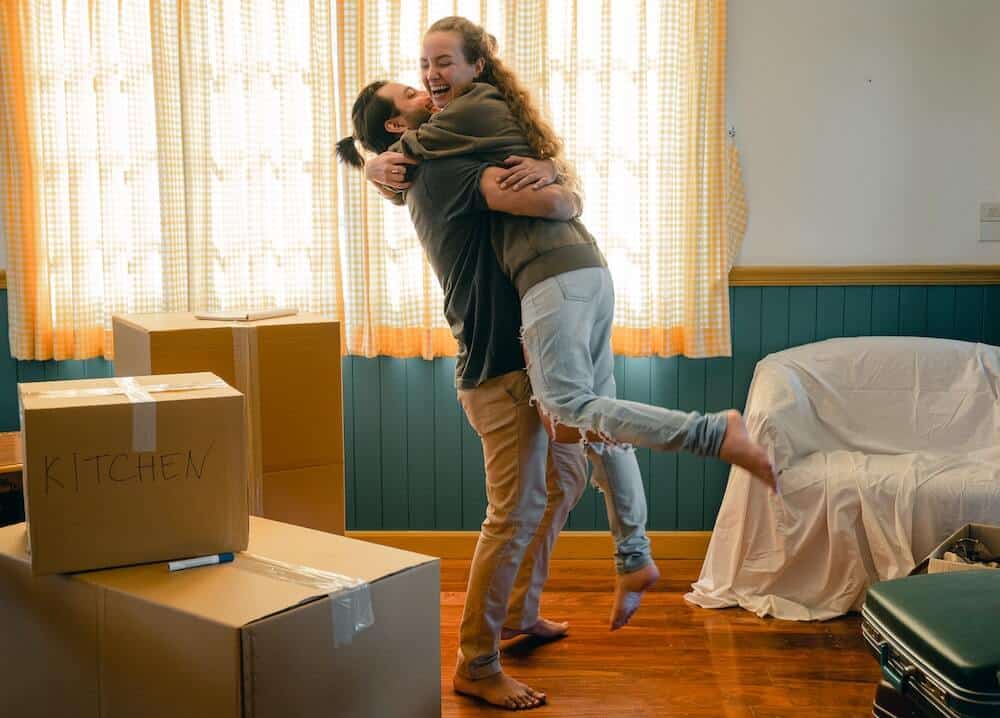
Some potential cons of the BRRRR method are:
- Expensive loans: Paying back loans is not cheap. If you can not rehab and rent the property to begin making a profit, you will be stuck with growing bills and an interest rate.
- Risky appraisal: Refinancers often determine the value of a property based on its appraisal, not through how much money you put into it during the rehab period. This means that its value could be lower than anticipated, so make sure to do correct calculations when buying and fixing the property.
- Rushed decisions: Many landlords will get caught up in the promise of cash from refinancing the property, which may influence them to cut corners during the rehab or guest screening process. Remember, the BRRRR method includes some waiting periods, so make sure everything is done correctly and you have enough cash to get you through these waiting periods for the best success.
Who should use the BRRRR method in investing
The BRRRR method provides a great opportunity for investors looking to build their passive income profiles. It is a highly demanding process that requires some amount of capital on hand for the initial down payment and renovations, but it has potential to be highly profitable in the long run once you get your short term rental up and in business.
It can take some time and practice before getting the hang of the BRRRR method, but after you’ve tried your hand in it a couple of times, you will begin to see the benefits roll in. It’s something that gets easier with the more experience you have. If you are willing to take on the risks to reach the earning potential, then the BRRRR method is for you and your short term rental goals.
